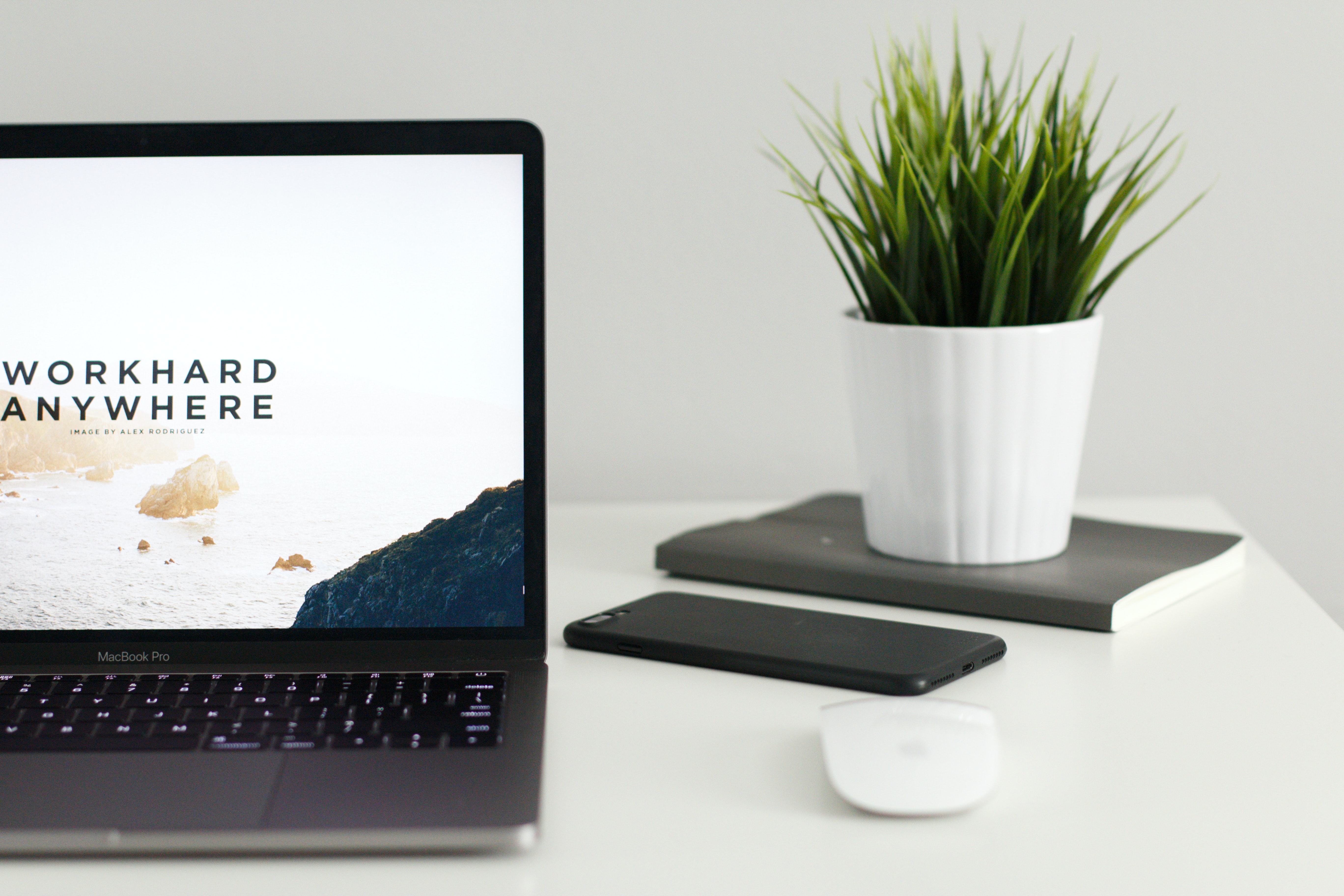
So much of modern SEO is about providing the right experience for your target audience. If you’ve got a high bounce rate, then it might be a sign that you’re not successfully doing this, but is it an accurate measurement, and what is a good bounce rate to aim for?
Bounce rates are a useful metric, but when it comes to SEO, they’re just one of many things you should be looking at. Nevertheless, here’s what you need to know about bounce rates and what your B2B website should be aiming for.
Bounce Rate - A Contextual KPI
There’s a lot of talk about bounce rates in SEO circles, and it is a useful metric. However, it’s a very contextual KPI in that you need to look at it in conjunction with other information. There are a lot of things that impact your bounce rate, and the way it’s measured isn’t supremely accurate, so a high bounce rate isn’t automatically a reason to panic.
Bounce rate measures the percentage of visitors who leave your page without taking any action on it. This will happen if someone comes to your site and:
- Clicks back to the search engine
- Closes the browser
- Navigates to an external URL
- Follows an outbound link
- Leaves the page open but is inactive
- Reads the page then leaves without taking action
You can see why some of these measures aren’t that useful. For example, if someone reads your contact page, gets the info they’re looking for, and calls you, then you’ve successfully achieved your goals, but the person may still bounce from the page.
This is why bounce rate can’t exist in isolation, and rather than viewing it as a measure of success, you’ve got to use it as a clue to help you better your website.
B2B Bounce Rate Benchmarks
When it comes to SEO, we all want benchmarks to look at. We want to know how much traffic a website should be getting, how much domain authority our competitors have, and of course, we want to know what a good bounce rate is.
However, like with many aspects of SEO, it’s very difficult to point to benchmarks with any great degree of accuracy. That’s because people interact with content in very different ways. The type of content you produce, the industry you work in, and the channel that brought someone to a page will all have a big impact on whether someone bounces.
To give you a very rough idea of some targets, a Customedialabs study found the average bounce rate for B2B’s to be between 25%-55%. However, this is hugely influenced by the industry you’re in and the channels you use to bring people to your site:
- Display ads - 56.5%
- Social - 54%
- Direct - 49.9%
- Paid search - 44.1%
- Organic search - 43.6%
- Referral - 37.5%
- Email - 35.2%
The wide ranges we see with bounce rates mean it’s better to use this metric to measure improvement for your own site rather than compare it to other sites.
Why Is Bounce Rate Important?
Bounce rates might be a slightly imperfect metric, but they are important nonetheless.
Your B2B website is there to help you achieve your goals (selling products, creating leads, developing your brand), and to do this, you need engagement. Traffic is meaningless if people aren’t engaging with your content, and that’s generally what’s happening when people bounce from your page.
Asides from the fact that you need people to engage with your website in order to achieve your goals, high bounce rates are also a negative for your SEO. Google has announced that RankBrain, which looks at the way people interact with your website is its third strongest ranking factor, and although bounce rate isn’t specifically mentioned, it’s something you can use to partially gauge how your site performs in this area.
Bounce rate isn’t the be-all and end-all, because it’s just one of quite a few metrics you can use to measure how people interact with your site, but this concept of engagement is vital to the success of your website, so it’s not something to ignore.
8 Ways to Improve Your Bounce Rate
While comparing your bounce rate to industry benchmarks can be a little misleading, you can set your own goals when it comes to bounce rates and take tangible steps to get more people engaging with your content.
Load Speeds
Whether it’s your SEO, conversion rate, bounce rate, or virtually anything else, load speeds play a big part. People simply won’t wait for your content to load, so it doesn’t matter if you’re creating the best content in the world; your bounce rate is still going to be high if your website loads slowly.
A page that loads in under two seconds has an average bounce rate of 9%; a page that takes five seconds to load has an average bounce rate of 38%. Every second counts.
Mobile Experience
More than half of traffic is on a mobile device, but there are still lots of websites that don’t offer a good mobile experience. If your page doesn’t fit the device someone is using, then they’re simply going to bounce back to where they came from.
Layout
Engagement isn’t just about good information, it’s about entertainment too. If your page looks like a copy of War and Peace, then it’s going to put a lot of people off. Break up the text, use headings so people can quickly find what they’re looking for, and use images.
Relevance
If your page doesn’t address the information people are looking for, then they’re not likely to engage with it. Understand your audience, how they got to your page, and why they’re there. This should be a starting point for anything you write.
Multimedia
People consume information in different ways. Give people options over how they interact with your website by adding videos and podcasts to your content. There are lots of apps that can help you convert a blog into a video, so give your audience different ways to engage with your content.
Limit Distractions
If you bombard people with contrasting messages, fill your sidebar with needless distractions, and annoy them with poorly timed pop-ups, then you might find people are less likely to engage with your site. Keep a clear focus on your goals, and provide people with a clean user experience, and you give people less reason to bounce.
Internal Linking
Your website is full of great information, so use internal links to help people explore the subject they’re reading about. You want people to take action, so give people a reason to do so by showing them where they can find more great information.
Calls to Action
Make it obvious what actions you want people to take next. Plan out the journey you want people to take on your site, and then use strong calls to action to get people to take those actions. Be concise, and guide people to where you want them to go.
Takeaways
You have to understand your bounce rates in relation to your website as a whole. Measuring engagement is not a perfect art, and bounce rates are just one of the measurements you should be using.
As a rough guide, B2B businesses should have an overall bounce rate between 25%-55%, but this will vary greatly based on a number of things. Rather than worrying about industry benchmarks and what other websites are doing though, it’s best to use your bounce rate as a benchmark for your own improvement.
There are always steps you can take to improve engagement and implementing these changes on your site won’t only help your bounce rate. When you make positive changes with your content that get people to spend more time on your site and engage more deeply with the content, then you’ll find your SEO, lead generation, and conversion rate also improve.
These fixes are an important part of SEO, and they will have a positive impact on your bounce rates.




